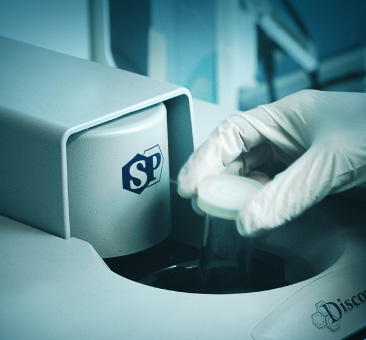Absence of resistance pattern development is even more important than high efficacy yields, since these erode rapidly due to increasing resistance patterns, rendering the treatment useless over time. This having said, in addition to the absence of resistance patterns evolving, the Siena molecules outperform the global market leader reference compounds on all of the clinical fungal strains tested in terms of efficacy. Contrary to Azole class antifungals, the innovative Bakker Medical molecules do not interfere with the internal fungal cell biology and as such are far less vulnerable to resistance development over time.
Bakker Medical collaborates with research groups of several leading European Universities. The main development collaboration is with the specialised research group of Prof. Dr. Maurizio Botta Ph.D., of the Department of Pharmaceutical Chemistry of the University of Siena, Italy.
Besides this important Italian university, Bakker Medical also works with the research group of Prof. Dr. Maurizio Sanguinetti M.D. of the Institute of Microbiology of the University Cattolica del Sacro Cuore in Rome and with two other European research groups, namely the group of Prof. Dr. Dominique Sanglard Ph.D of the Institute of Microbiology of the University of Lausanne in Switzerland and the group of Prof. Dr. Paul Verweij M.D. Ph.D of the Department of Medical Microbiology of Radboud University Nijmegen Medical Centre in the Netherlands.
Bakker Medical is currently in the last phase of the lead discovery and core technology development project where a third superior generation of molecules is being created. This molecule generation will be optimised for the mechanism of action as has been identified over the past years. During this final development round the compounds are being perfected to such a degree that in the near future a full scale EMEA/FDA clinical trial programme can be initiated.

Peer Reviewed Scientific Publications
Already in an early stage of development, the Journal of Medicinal Chemistry considered the discovery of the Siena molecules to be of importance and a scientific publication was dedicated thereto in December 2009. A recent publication co-authored by Professors Botta, Posteraro, Sanguinetti and Sanglard of respectively Siena-, Rome Cattolica- and Lausanne Universities, titled: "Novel Macrocyclic Amidinoureas: Potent Non-Azole Antifungals Active against Wild-Type and Resistant Candida Species" was published in July 2013 by the American Chemical Society, publishers of the Journal of Medicinal Chemistry. In April of 2016 the same research group published the paper “Biological Characterization and in Vivo Assessment of the Activity of a New Synthetic Macrocyclic Antifungal Compound” once again in the Journal of Medicinal Chemistry. Additional scientific publications are planned for the 2017 timeframe.
